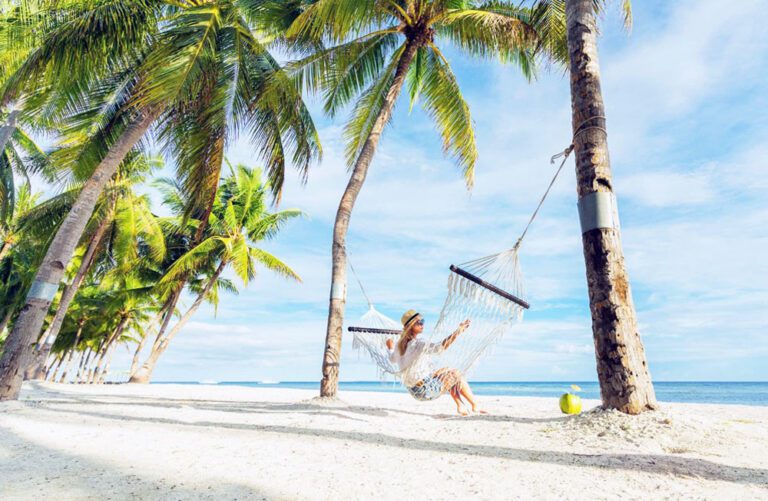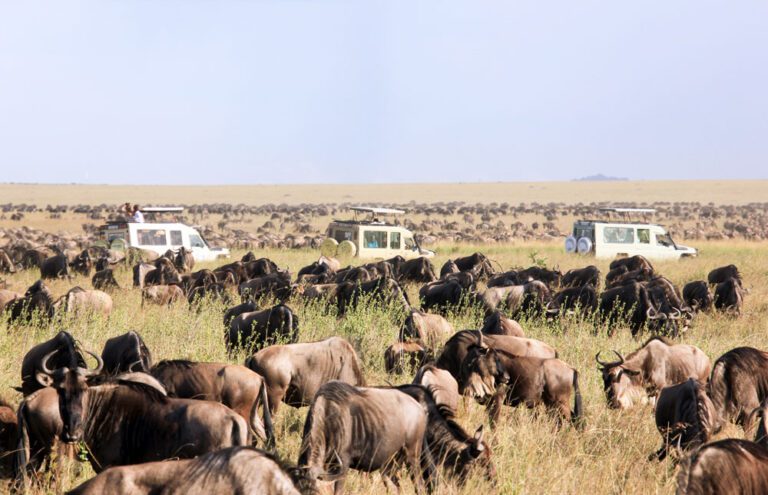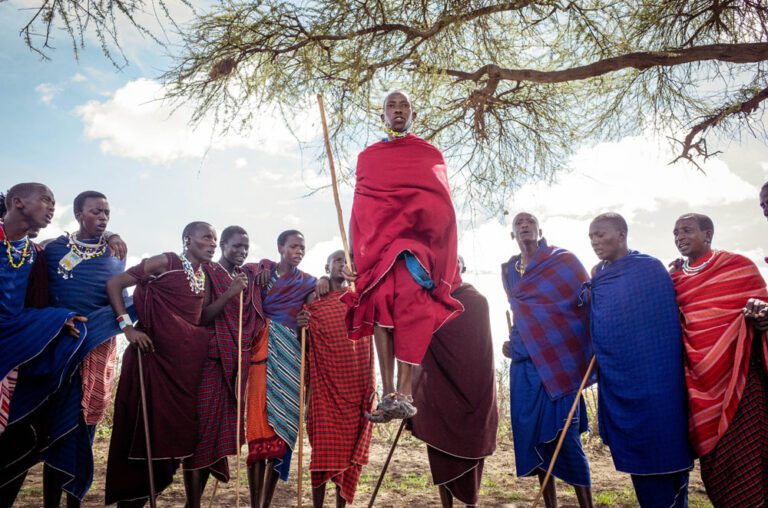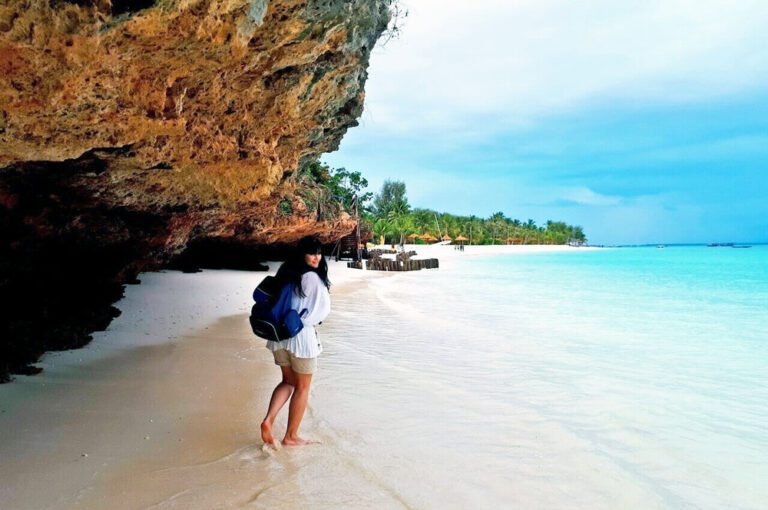From Sea Level to Summit: A Beginner’s Guide to Climbing Mt Kilimanjaro
Last updated on June 24th, 2023 at 01:35 am
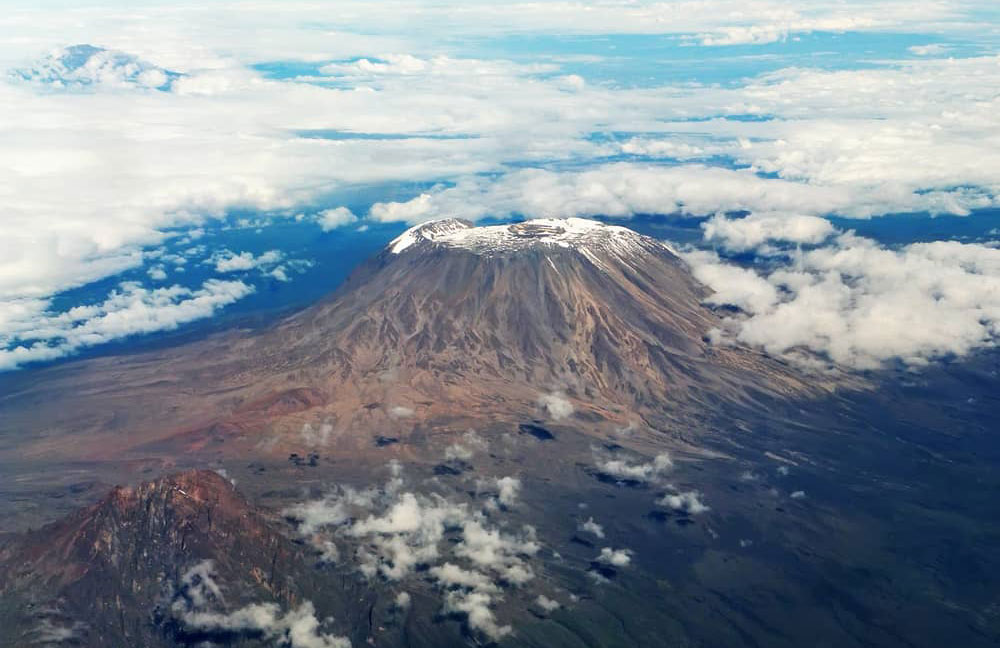
If you’re looking for a unique and exhilarating adventure, climbing Mt Kilimanjaro might just be the perfect challenge for you. This dormant volcano, standing at an impressive 19,341 feet (5,895 meters), is the highest peak on the African continent receiving over 50,000 thousand visitors every year.
But why climb Mt Kilimanjaro, you might ask? For one, it’s an incredible physical and mental challenge that will push you to your limits. It’s a chance to challenge yourself and push past your own boundaries. Plus, the views from the summit are simply breathtaking and will make all the effort and hard work worth it.
Climbing Mt Kilimanjaro is also an opportunity to immerse yourself in the beautiful landscapes and diverse cultures of Tanzania. You’ll pass through lush rainforests, alpine meadows, and barren deserts, all while experiencing the warm hospitality of the local people.
Of course, climbing Mt Kilimanjaro isn’t easy. It requires a lot of physical and mental preparation, as well as careful planning and execution. But with the right mindset and the right team, anyone can conquer this amazing peak.
So, if you’re up for the challenge and ready for an adventure of a lifetime, Mt Kilimanjaro is waiting for you. Get ready to experience the thrill of a lifetime, push yourself to new limits, and discover the beauty of Tanzania.
1. Choose the Right Route
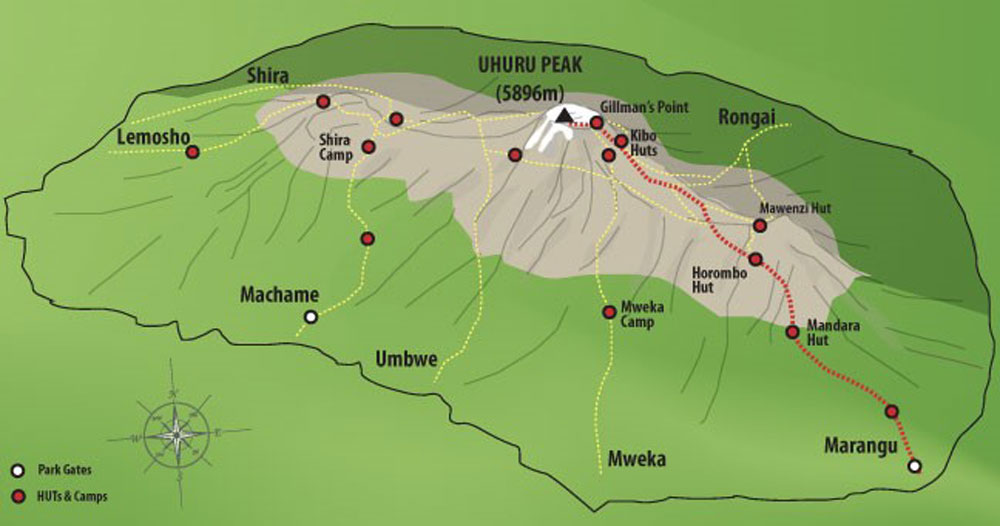
When it comes to climbing Mt Kilimanjaro, choosing the right route is critical to the success of your climb. There are several routes to choose from, each with its own unique features and difficulty levels.
The most popular routes to climb Mt Kilimanjaro are the Marangu, Machame, Lemosho, and Rongai routes. The Marangu route is often called the “Coca-Cola” route due to its popularity and the presence of huts with basic amenities along the way. It’s also the only route that offers the possibility of sleeping in a bed.
On the other hand, the Machame route is one of the most scenic routes offering panoramic views and a variety of landscapes. It’s also considered one of the most challenging routes with steep ascents and descents.
The Lemosho and Rongai routes are less crowded than the Marangu and Machame routes and offer a more remote wilderness experience. The Lemosho route is known for its beautiful views while the Rongai route is considered the easiest and most direct route to the summit.
2. Physical Preparation
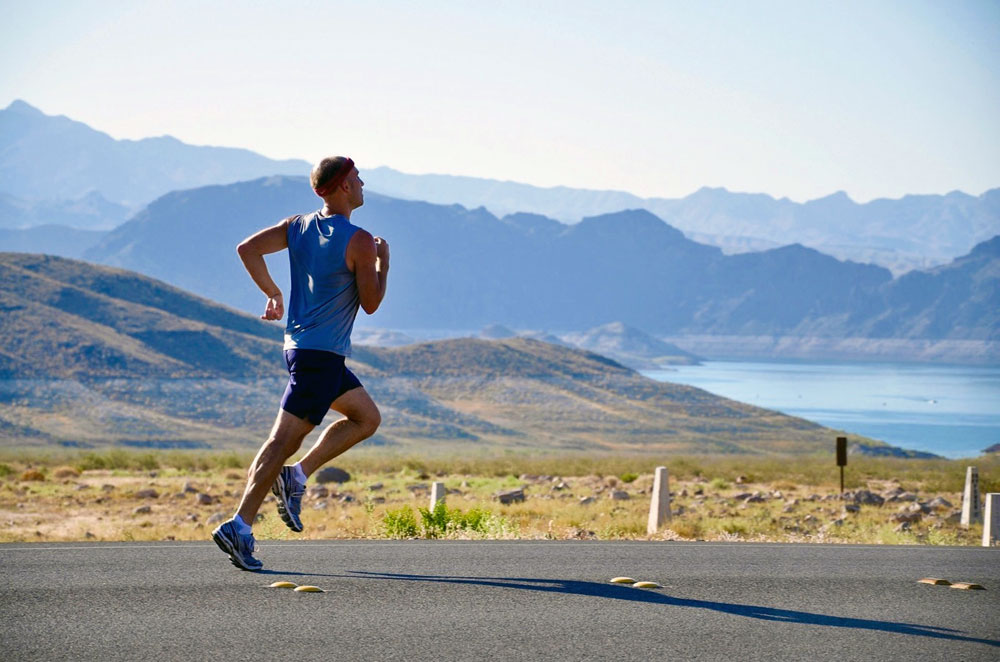
Climbing the highest peak in Africa requires physical endurance, mental toughness, and a lot of preparation. Fortunately, with the right mindset and training, anyone can conquer this incredible mountain.
To start, it’s important to engage in a regular exercise routine that includes cardiovascular and strength training. Walking, hiking, and running are all great forms of cardio exercise that will help build endurance. Strength training will help build the necessary muscle mass to carry the weight of your gear and withstand the challenging terrain.
In addition to regular exercise, it’s important to focus on healthy eating habits to fuel your body for the climb. A balanced diet that includes lean protein, complex carbohydrates, and healthy fats will provide the energy you need to climb. Staying hydrated is also crucial, as altitude sickness is often caused by dehydration.
To prevent altitude sickness, it’s important to acclimatize properly by gradually increasing your elevation. This can be done by taking rest days and slowly ascending to higher altitudes.
Finally, getting a good night’s sleep is crucial for your physical and mental well-being during the climb. Make sure to get enough sleep in the weeks leading up to your climb and prioritize rest during the climb itself.
With these physical preparation tips, you’ll be well on your way to conquering Mt Kilimanjaro. Remember, it’s not just about reaching the summit, but also about enjoying the journey and experiencing the incredible natural beauty of Tanzania.
3. Acclimatization
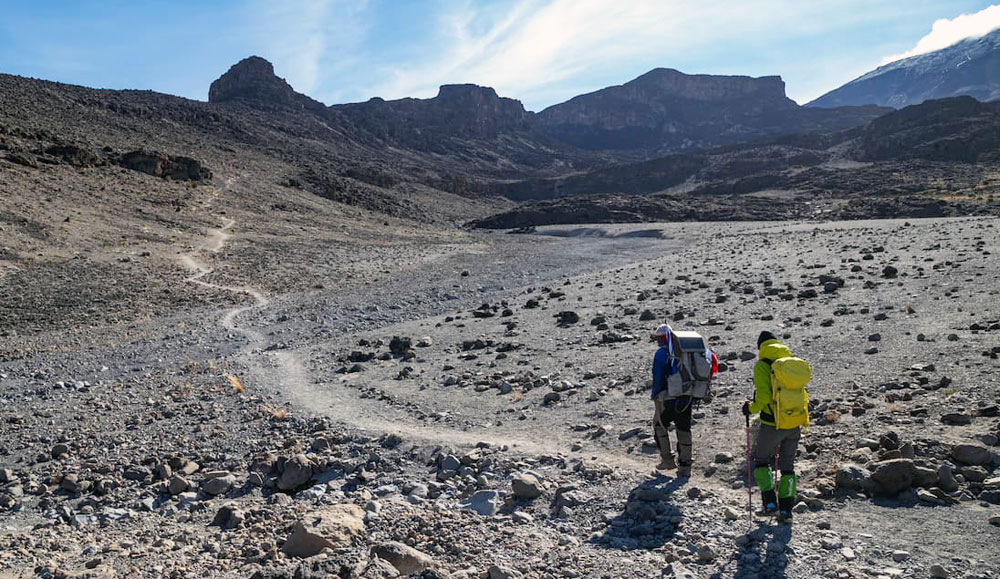
Acclimatization is a critical aspect of climbing Mt Kilimanjaro. As you ascend to higher elevations, your body needs time to adjust to the thinner air and lower oxygen levels. Failure to acclimatize properly can lead to altitude sickness, a potentially serious condition that can cause headaches, dizziness, nausea, and difficulty breathing.
To minimize the risk of altitude sickness, it’s important to ascend slowly and gradually. This means taking regular rest days to allow your body to adjust to the altitude before continuing your climb. It’s also important to stay hydrated and avoid alcohol, which can worsen the symptoms of altitude sickness.
Another way to minimize the risk of altitude sickness is to take medication, such as Diamox, which can help your body adjust to the altitude. However, it’s important to consult with a medical professional before taking any medication.
During the climb, it’s important to listen to your body and take breaks as needed. If you start to experience symptoms of altitude sickness, it’s crucial to communicate with your guide and take appropriate action, such as descending to a lower elevation or receiving medical treatment.
By taking these precautions and understanding the importance of acclimatization, you can minimize the risk of altitude sickness and enjoy a safe and successful climb up Mt Kilimanjaro. Remember, the climb is not a race, and it’s important to prioritize your health and safety above all else.
4. Gear and Equipment
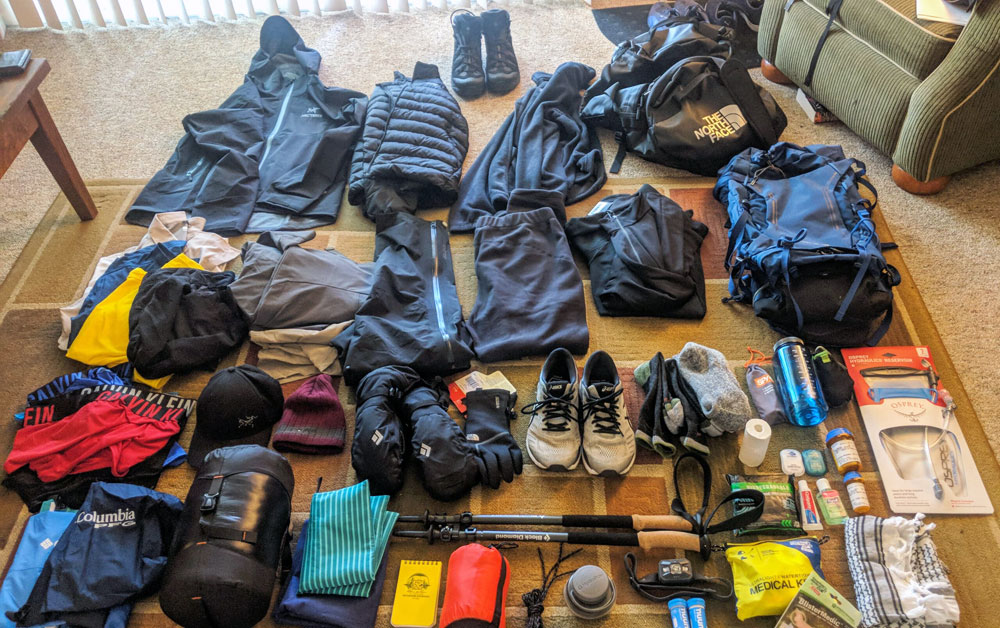
Having the right gear and equipment can make all the difference. It’s important to pack light while also ensuring you have all the essentials to stay comfortable and safe during the climb.
Some of the essential gear you’ll need for the climb includes:
It’s important to invest in high-quality gear that will withstand the harsh conditions of the mountain. However, it’s also important to pack light and avoid unnecessary items. Stick to the essentials and focus on lightweight and compact gear that can be easily carried in your backpack.
When packing, it’s also important to consider the weight distribution in your backpack. Heavier items should be packed closer to your back to distribute the weight evenly and prevent discomfort or injury.
By investing in high-quality gear and packing light, you can ensure a safe and comfortable climb up Mt Kilimanjaro. Remember, every pound counts, and packing smart can make all the difference in the success of your climb.
5. Food and Water
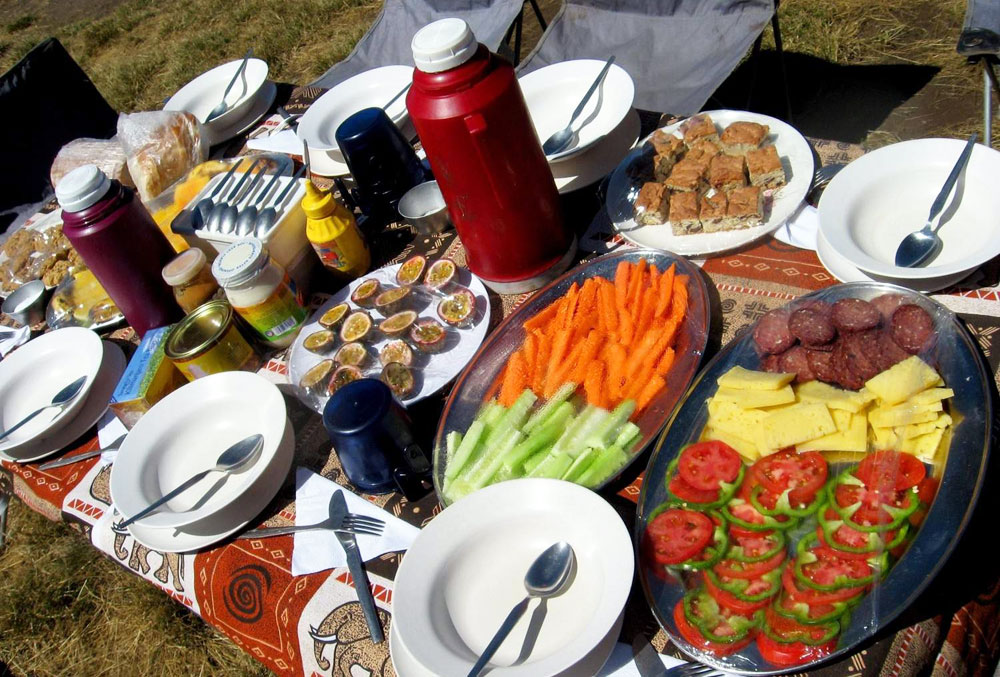
Proper nutrition and hydration are essential for a successful climb up Mt Kilimanjaro. As you ascend to higher elevations, it’s important to maintain a balanced diet and stay hydrated to keep your energy levels up and prevent altitude sickness.
During the climb, it’s important to eat a variety of foods that provide a balance of carbohydrates, proteins, and fats. Foods that are high in carbohydrates, such as pasta, rice, and fruits, can help provide the energy you need to make the climb. Protein-rich foods, such as nuts, cheese, and meat, can help repair and rebuild muscles. Healthy fats, such as avocados and nuts, can help provide sustained energy throughout the climb.
In addition to eating a balanced diet, it’s important to stay hydrated by drinking plenty of water. As you climb to higher elevations, the air becomes dryer, increasing the risk of dehydration. It’s recommended to drink at least 3-4 liters of water per day while climbing Mt Kilimanjaro. To avoid drinking untreated water, it’s important to use water purification tablets or a filtering system.
It’s also important to bring snacks that can be easily carried in your backpack, such as energy bars, nuts, and dried fruits, to provide quick bursts of energy throughout the climb.
By maintaining a balanced diet and staying hydrated, you can ensure a safe and successful climb up Mt Kilimanjaro. Remember, taking care of your body is essential for a successful climb, and proper nutrition and hydration are key components of this.
6. Accommodation
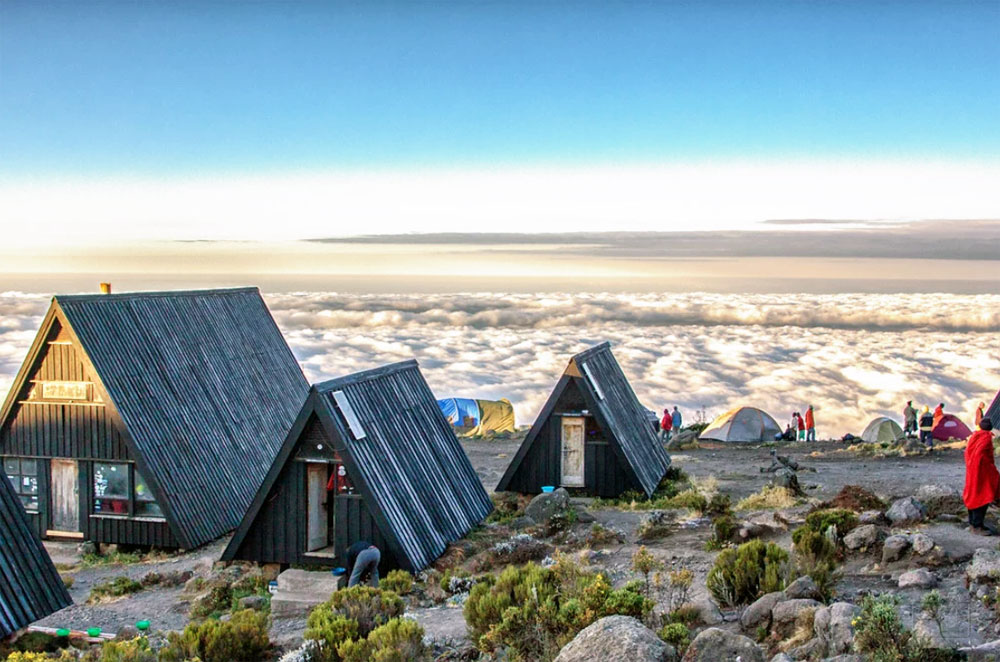
Accommodations on the climb up Mt Kilimanjaro can vary depending on the route you choose. Generally, there are two types of accommodations available on the mountain: campsites and huts.
Regardless of the type of accommodation, it’s important to remember that you’ll be staying in basic conditions with limited amenities. It’s important to come prepared with warm sleeping bags and enough layers to stay warm at night.
Overall, accommodations on the climb up Mt Kilimanjaro are basic but provide a necessary respite from the climb. Remember to pack light and bring essential items for a comfortable stay at the campsites or huts. By embracing the rustic accommodations, you can fully immerse yourself in the adventure of climbing one of the world’s highest peaks.
7. Safety
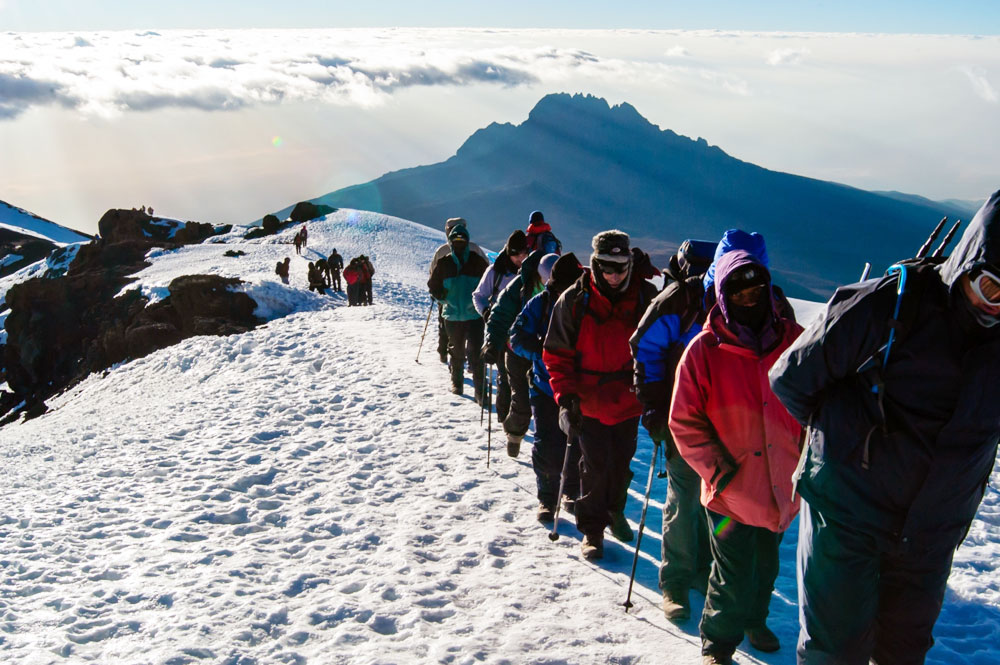
When climbing Mt Kilimanjaro, safety should always be a top priority. While the climb is considered a non-technical hike, it still poses significant risks due to the high altitude and extreme weather conditions. It’s important to take necessary precautions to ensure a safe climb and be prepared for emergency situations.
One of the most important things to consider when it comes to safety is to choose a reputable tour operator who prioritizes safety. Ensure that the company provides well-maintained gear and equipment and that their guides have proper training and experience in leading climbers up the mountain.
It’s also important to prepare for emergencies by bringing a first-aid kit, a portable oxygen tank, and a satellite phone for communication. Additionally, all climbers are required to have travel insurance that covers emergency medical evacuation in case of a serious injury or illness.
To minimize the risk of altitude sickness, it’s recommended to follow a slow and steady pace, stay hydrated, and take regular rest breaks. Acclimatization days are built into most routes to help climbers adjust to the altitude, and it’s important to take advantage of these days to rest and recover.
In case of an emergency, it’s important to know the emergency procedures and have a plan in place. Guides are trained in emergency procedures and can provide guidance in case of an emergency. It’s important to listen to their instructions and act quickly to ensure a safe and timely evacuation.
By prioritizing safety and being prepared for emergency situations, you can have a safe and enjoyable climb up Mt Kilimanjaro. Remember, safety is paramount, and it’s important to take necessary precautions to ensure a successful and safe climb.
8. Summit Day

Summit day on Mt Kilimanjaro is undoubtedly the most challenging and rewarding part of the climb. This is the day when you will push yourself to the limit and test your physical and mental endurance. It’s important to be prepared and have a positive mindset to make it to the top.
The summit push usually starts in the early hours of the morning when the temperature is at its coldest. You’ll climb through the night, navigating steep and rocky terrain under the light of your headlamp. It’s important to dress in layers and wear warm clothing to protect against the cold.
The altitude on the summit day can also make breathing difficult, so it’s important to take slow and deliberate steps and take regular rest breaks. Your guide will be there to support you and help you navigate the challenging terrain.
As you climb higher, the air gets thinner, and altitude sickness becomes a real risk. To minimize the risk of altitude sickness, it’s important to stay hydrated and take your time. If you feel unwell, communicate with your guide immediately.
Reaching the summit of Mt Kilimanjaro is an incredible achievement, and the feeling of reaching the top is indescribable. Take a moment to enjoy the incredible views and take photos to commemorate the experience.
Remember, summit day is a challenging but rewarding experience. With the right mindset, preparation, and support from your guide, you can make it to the top and achieve your goal of reaching the summit of Mt Kilimanjaro.
Conclusion
In conclusion, climbing Mt Kilimanjaro is an incredible experience that requires preparation, perseverance, and a positive mindset. The climb can be challenging, but with the right preparation and support, it is achievable for anyone who has the determination and drive to succeed.
My advice to future climbers is to take the time to train, acclimate, and choose the right route for you. It’s also important to listen to your body and communicate with your guide to minimize the risk of altitude sickness. Most importantly, enjoy the journey and take in the breathtaking scenery that Mt Kilimanjaro has to offer.
Climbing Mt Kilimanjaro is a life-changing experience that will stay with you forever. So, take the first step, believe in yourself, and go for it. You won’t regret it!

